
We all know what a speaker is used for, but would you like to know what it's like inside?
Knowing how to position your speakers will help you get the most out of them.
Before answering this question, we would like to explain some basic concepts about human acoustic perception.
PERCEPTION 1
If the sound source is in front of us, the acoustic sound will reach both ears at the same time and with the same volume.
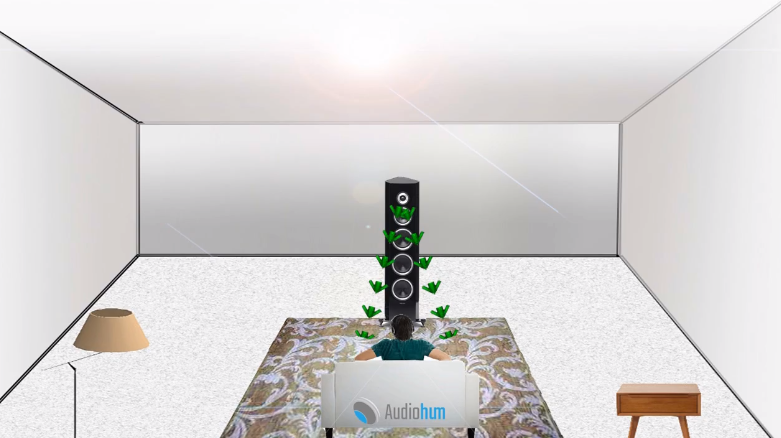
PERCEPTION 2
If the sound source is at 90 degrees to the right, the acoustic sound will reach the right ear approximately 0.7 milliseconds earlier. As a result, our head can be considered an acoustic shadow for the left ear, causing reduced acoustic perception.
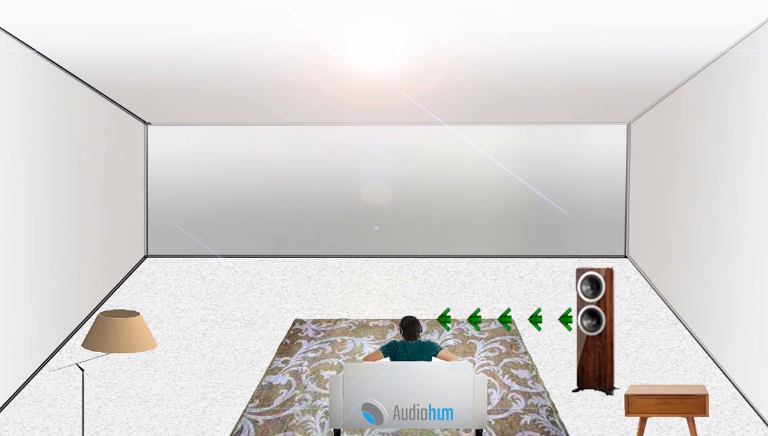
PERCEPTION 3
If two speakers send the same signal from different locations, our brain will calculate the average value between the two locations.
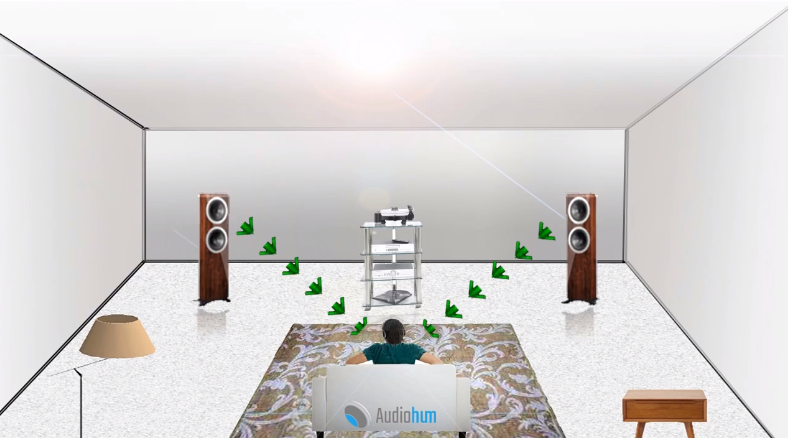
PERCEPTION 4
Reflections from a wall cannot be easily distinguished from a direct sound source by our brain. By calculating the average value, our brain will perceive the sound source as being farther from the speaker and towards the reflection.

PERCEPTION 5
The spatial information related to a sound source is primarily detected by the brain within the first five milliseconds; everything that follows will be initially ignored. Sound travels 1.7 meters in five milliseconds. If the sound from a reflection has to travel 1.7 meters more than the direct sound from the source, it will have no influence on our spatial perception.
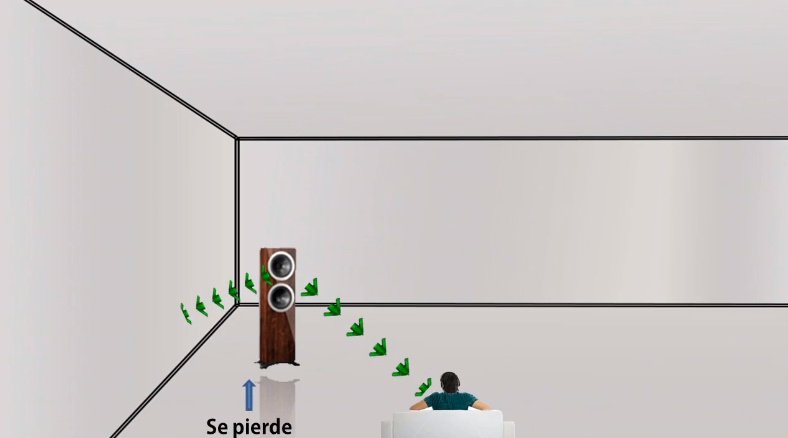
... now, how should we place our speakers in our room to get the most out of them? Below, with these four simple rules, you will know how.
RULE 1. POSITIONING THE SPEAKERS.
Speakers should be placed well within the room to maximize the delay of reflections and eliminate their effects from the sphere of spatial perception. Let's see in which position:
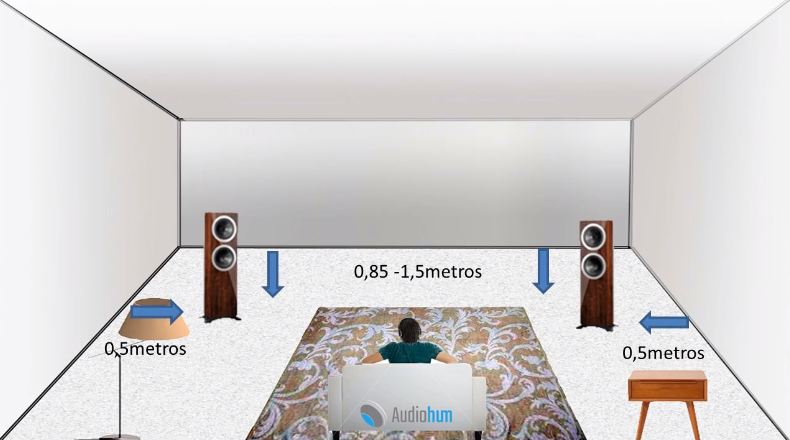
RULE 2. REFLECTIONS
We should place diffusers (bookshelves or other damping objects) on the walls to suppress reflections that interfere with our listening.
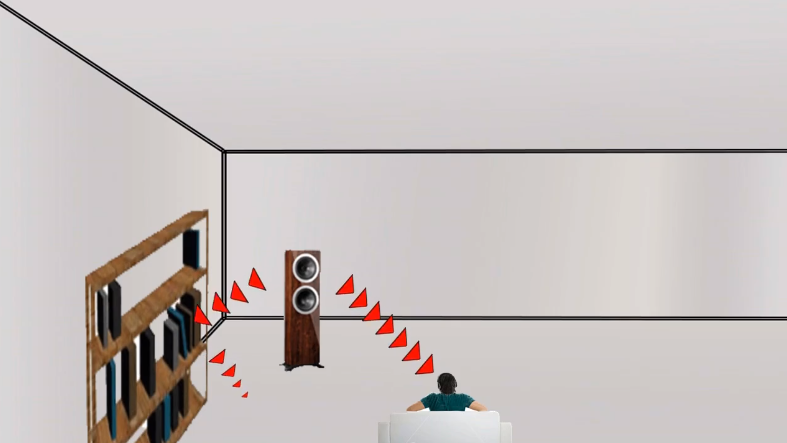
RULE 3. DISTANCES
The volume created by the sound of a speaker is reduced by half with each doubling of the distance, while the reverberation sound is the same throughout the room. From a certain distance, this can cause the reflected sound to dominate over the direct sound from the speakers. This is the reverberation radius, which can reach approximately two meters in a medium-sized listening room.
You will achieve better results if the speakers are facing the listener and are at the same height as your ears. Let's see how and at what distance...
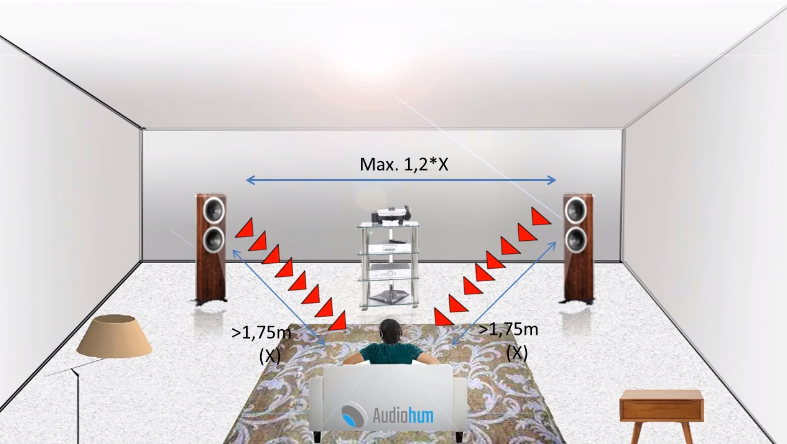
If there are multiple people in the listening session, we recommend moving the speakers so that their axes cross in front of the listening position. Observe...
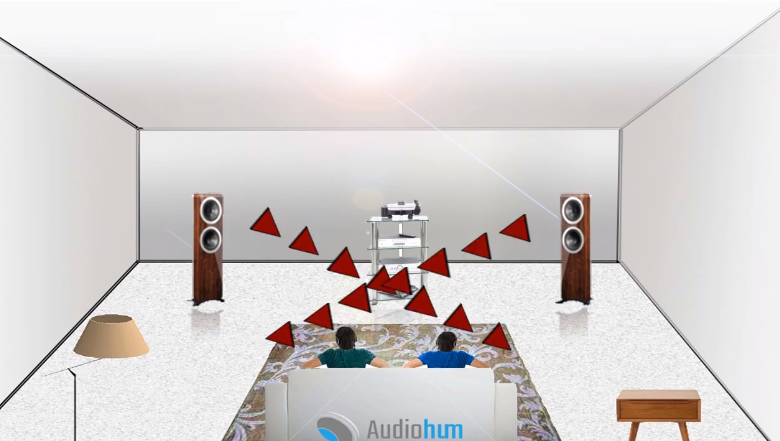
Therefore, try to sit in the so-called "sweet spot," basically in front and between them, and play a song with clear vocals. Then close your eyes and check if you have a 3D sensation. If not, carefully adjust the angle of the speakers until this happens. Quick tip: if the speakers have grilles, you'll see that removing them will give you a clearer and more precise sound.
RULE 4. BAD VIBRATIONS
In the case of turntables, they are designed to read small vibrations in the vinyl groove, and to do this well, the rotating platter needs to be absolutely immobile and free from external vibrations. If you place speakers near or on the same shelf as your turntable, the vibration from the speakers will reduce the turntable's ability to do its job properly. So try to place your turntable on a small piece of furniture that is not near the speakers on stands or wall mounts. Let's see some examples...
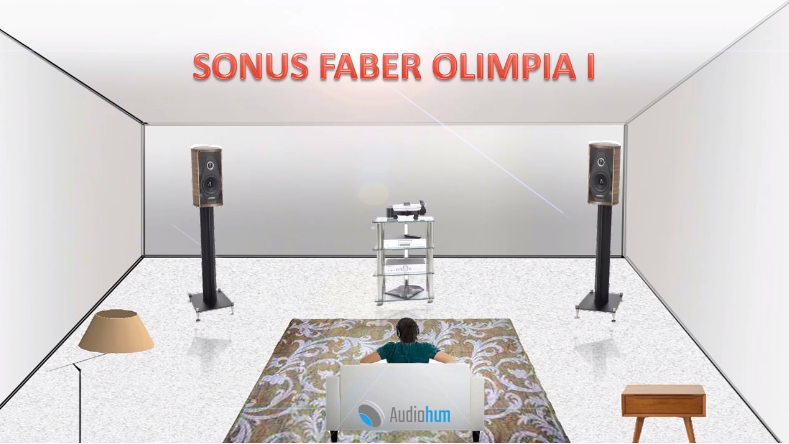
As a general rule, the heavier the stand, the more solid the sound will be. Therefore, if you want a highly focused and controlled sound, place your speakers on a heavy metal stand. Alternatively, you can achieve a more open and "quick" sound with a lighter stand. That said, the interface between the speaker and the stand is equally important. If you use sponge pads or similar materials between the two, you will achieve better stand character and overall balance.
Based on the principles of the golden ratio, the American inventor George Cardas designed this series of listening rooms, seeking absolute perfection in the art of acoustics. Let's see the following examples:

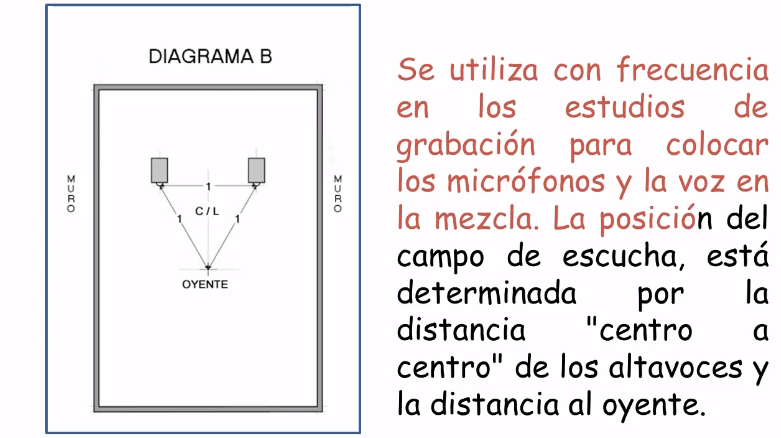
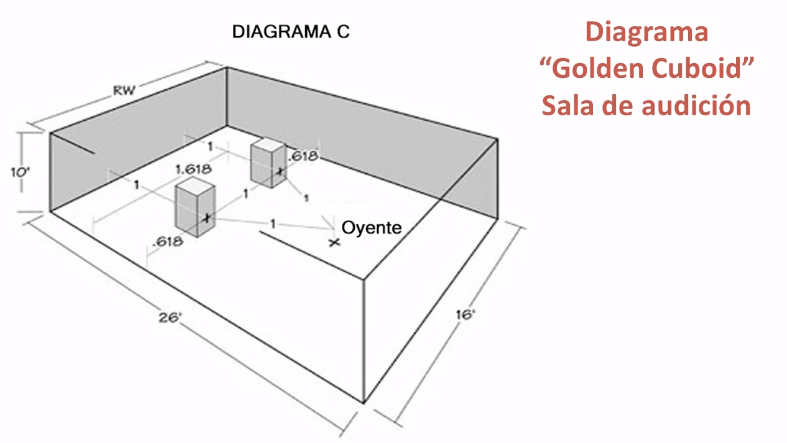
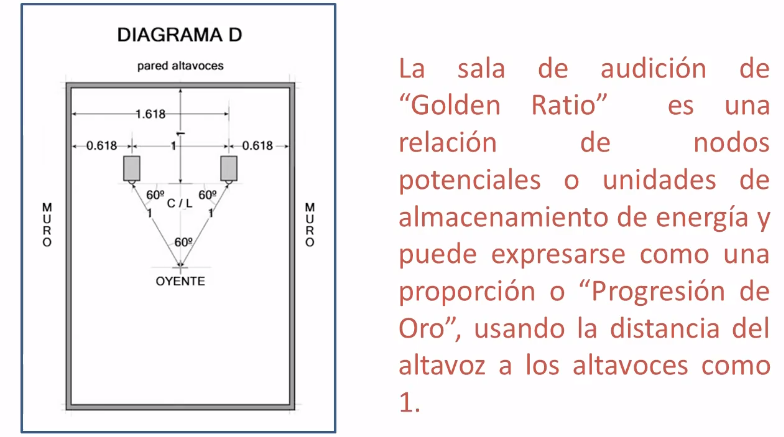
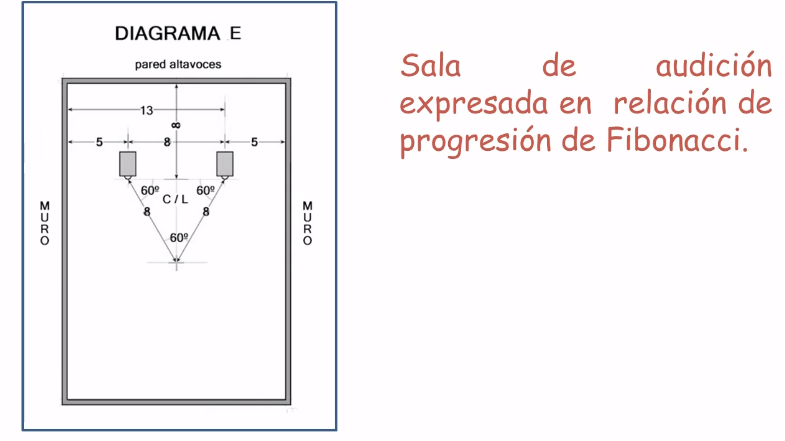
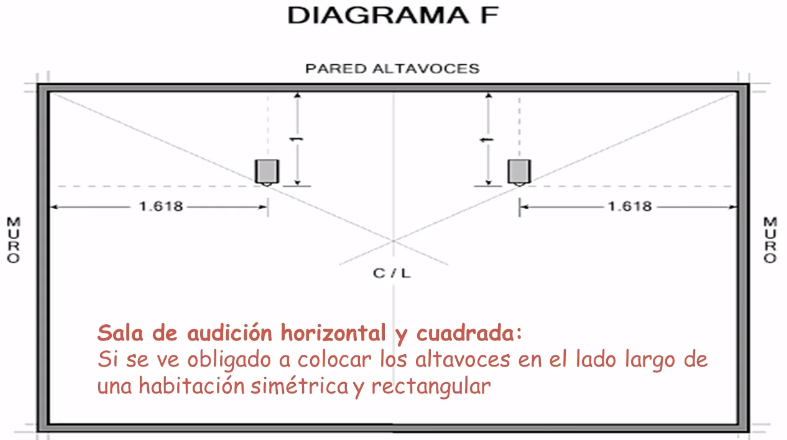
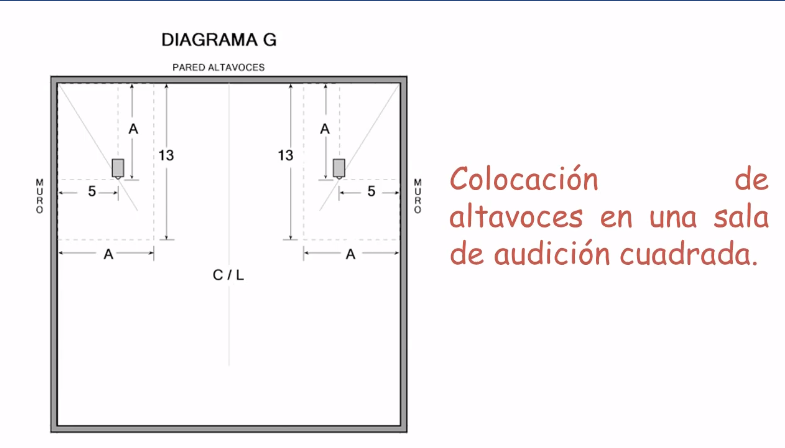
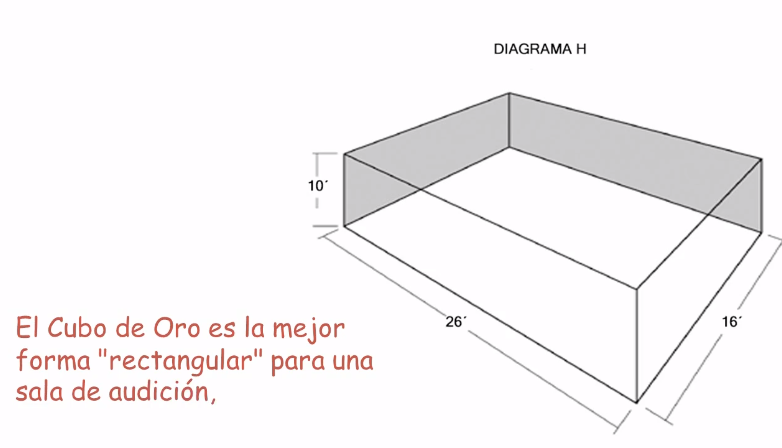
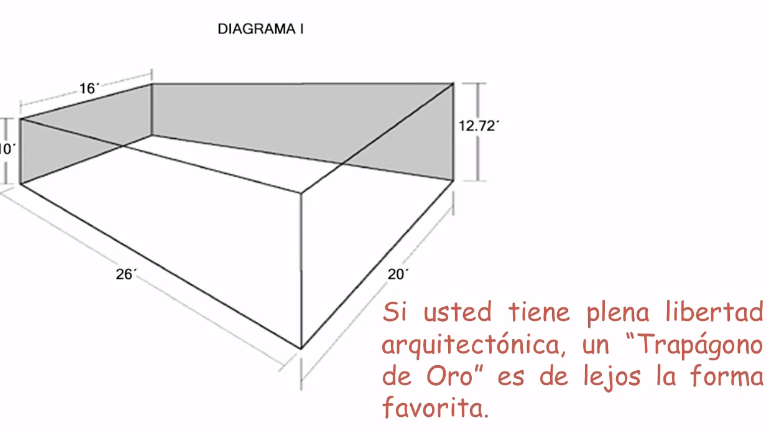



































































































































































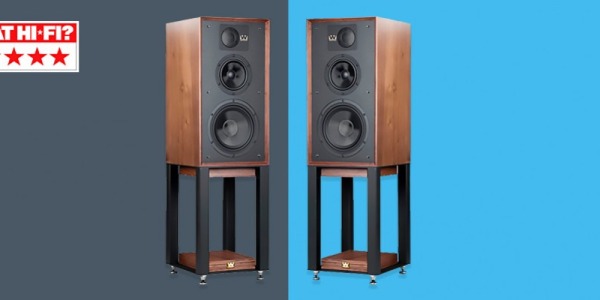




Comments (0)